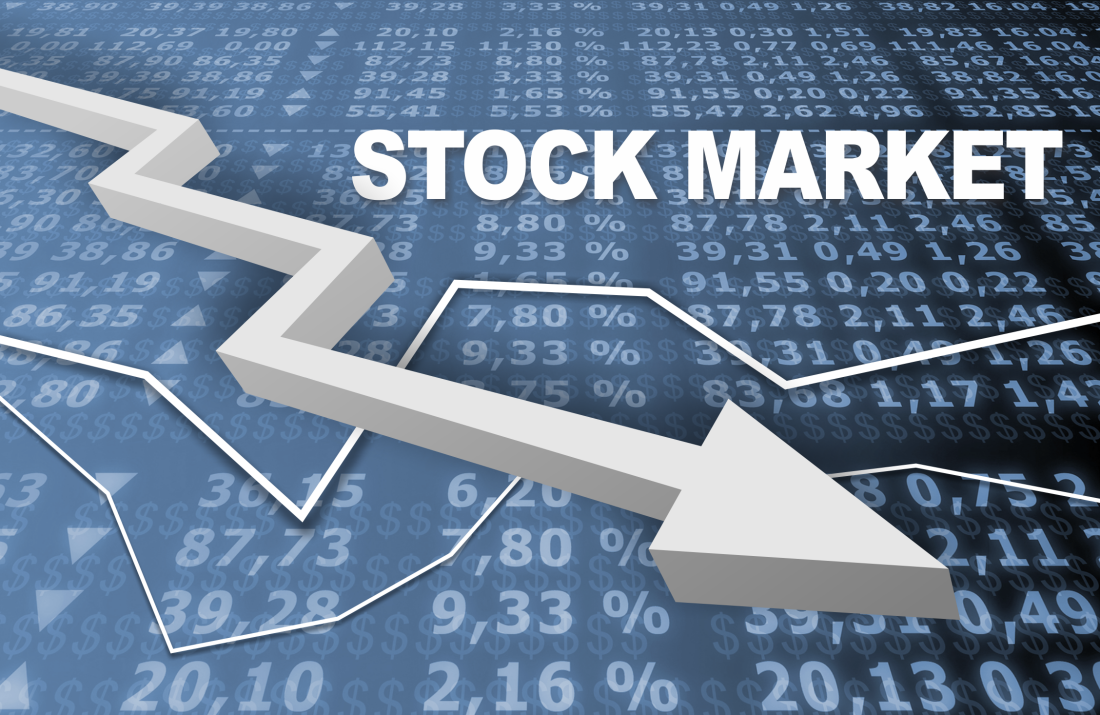The Tehran Stock Exchange (TSE) has been in dismay for much of the past year. This downward trend has been mostly due to structural factors. However, recent government measures lately have been providing much-needed alleviation, albeit temporary, and are likely to prevent the TSE from falling any further.
In the beginning of the current Iranian year, which started March 2014, the TSE index stood above 79,000. It has since fallen by almost 14,000 units.
Arguments that the lacking performance of the stock market can be blamed on the Rouhani government are chronologically not fully correct, although they are not wrong either. The stock market has grown rapidly over the past few years, particularly since the 10th cabinet, formed by former President Mahmoud Ahmadinejad in 2009. Strong oil revenues and a rapidly expanding privatization program were the main factors that poured domestic capital into share transactions.
On the day the Rouhani administration was formed, the 3rd of August 2013, the TSE reached a valuation of 57,397.
During the first 5 months of the new administration, the stock market kept on expanding rapidly and the TSE main index reached its all-time high of 89,500 on 5 January 2014. However, ever since, TSE stocks have contracted and indices are not expected to return to their previous growth path any time soon. Recently, the TSE indices plunged to their lowest level in 15 months to 65,512 on 11 January 2015.
Analysts have pointed to structural factors as the main impediment for strong stock market growth and financial capital accumulation. Any frontier market requires well-planned openness and global connectedness. However, current western sanctions deprive Iran of the vast chunk of foreign capital investment.
Additionally, oil revenues, which are at the center of government expenditures, particularly those related directly to industrial expansion, have been tightened due to falling global prices and tight western control over exports. Notable other markets are the manufacturing and metal industries, all of which have suffered from lack of infrastructural investment and falling commodity prices.
Indeed, the TSE and other major benchmark markets such as the Iran Mercantile Exchange(IME) remain heavily dependent on production and privatization of the two Iranian ‘pillar’ industries: the oil/petrochemical industry on the one hand and the manufacturing/metal industry on the other.
However, why would stock markets start falling only two months after the Rouhani administration secured a temporary deal on sanction relief with the 5+1 global powers in November 2013, allowing the government to gradually expand oil exports, making trade and business deals with various countries and attracting interest and capital from several large foreign investors?
One important answer to this question is that profit expectations of recently privatized firms were not as high as envisaged. Currently, the price-to-earnings ratio is at its lowest rate ever. Low profits are mostly associated with companies functioning outside the realm of the two mentioned main pillars of Iran’s economy. Investment firms, such as Ghadir Investment Company, as well as a number of manufacturing and telecommunication companies have lost out. On the other hand, oil/petrochemical firms have kept on doing pretty well. The Persian Gulf Petrochemical Industry Company, Tamin Petroleum & Petrochemical Investment Company, and Parsian Oil and Gas Development Company have taken the lead more recently. The chemical sector has also kept its head out relatively well.
Another factor that has increasingly been underlined by government officials is that the privatization process has been to a large extent based on the creation of semi-private firms, which retain links to the state, be that formal or informal. Such a privatization process tends to result in strong capital accumulation in the short-run. It is now in danger of running out of steam though if foreign export markets cannot be found. A case in point was the neutral TSE reaction on January 19 when the Iran Privatization Organization announced that four major firms would be privatized the following month.
Despite these strong structural factors holding back stock market growth, the government has been doing its best to create a fertile environment for share transactions and capital investment. It has been trying to open up its commodity and stock markets to foreigners. Most recently, the CCD Singapore Pte. Ltd started selling its ware on the IME.
Moreover, the government looks set to ratify a plan for competitive feedstock pricing, which is expected to boost the performance of petrochemical firms.
Parliament also amended a law that would permit listed companies to buy treasure stocks. Treasure stocks are stocks repurchased by the issuing firm in order to reduce the total amount of shares on the open-market. Treasure stocks are primarily used, together with dividends, as a way of paying shareholders. Under the new legislation, companies could now repurchase up to 10 percent of issued shares, which the government hopes will improve the price-to-earnings ratio in the future.
All these government measures make it unlikely that the TSE would fall any further. Some analysts have already pointed out that the 65,000 benchmark should be seen as a minimum barrier below which the TSE is unlikely to fall. However, despite all practical good will, structural factors will keep a break on significant growth.


